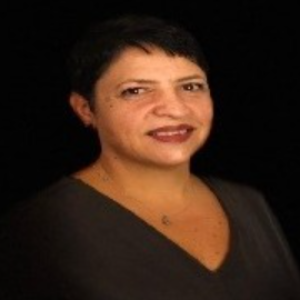Title : Europium-doped CH3 NH3 Pb1 xEux I3 for perovskite based solar cell application
Abstract:
The doping process, the controlled insertion of impurities into an extremely pure crystal, represents a strategic approach to improve optical and electrical properties of a device. Hybrid perovskite based solar cells have achieved high efficiency on photovoltaic applications tuning the perovskite composition by variation of the chemical composition or by doping. Inspired by the improvements of optical properties of certain materials by doping with Eu2+ europium could constitute a potential candidate to completely replace lead in order to reduce the defects formation and therefore to improve the stability of the hybrid perovskite solar cells. The choice is based also on their comparable ion radii (Eu2+, 117 pm and Pb2+, 119 pm), which according to the Goldschmidt factor, should induce the formation of a perovskite structure. Perovskite films were fabricated by spin coating in ambient atmosphere.. The crystallinity, morphology, optical absorption and photoluminescence properties, of CH3 NH3 Pb1-xEux I3 (x=0, 0.01; 0.03 and 0.05) are studied. The X-ray diffraction data indicate that the presence of Eu in small concentrations induces the formation of a perovskite crystalline structure. AFM images reveal an increase in roughness with the increase in Eu content. This points to the formation of a crystalline structure on the vertical direction rather that a complete surface coverage. 1% Eu content is the optimum addition for perovskite composition ensuring better crystallization as well as complete surface coverage. This work reveals Eu as a promising candidate to improve the stability in perovskite solar cells.


